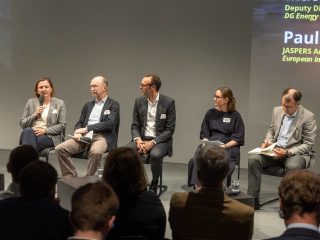
EMTA President Katalin Walter discusses “money” at POLIS Leadership Summit
As the climate crisis grows, so do the scale and urgency of the changes we must implement. With this in mind, high-level leaders in mobility from the public and private sector gathered in Prague for the POLIS Leadership Summit on 30 May 2024 to address the pressing issues of sustainable urban and regional transport. Katalin

Unleashing the Potential of Public transport in Europe as the backbone of urban mobility: UPPER has launched!
UPPER is a new project funded under the Horizon Europe Program of the European Commission and coordinated by the International Association of Public Transport (UITP). It aims to lead the transition towards a zero-emission mobility which will become the cornerstone of climate neutrality by 2030, in line with the goal of Cities Mission and the
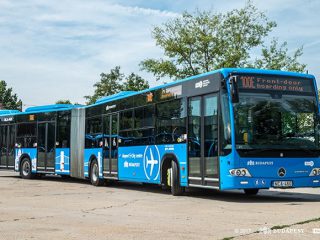
Service development on the transport lines connecting Budapest Airport and the city centre
Budapest Airport with its two adjacent terminals (2A and 2B) is partially located on the territory of Budapest, some 20 km from the city centre. Besides air-passenger facilities, logistics and flight related businesses continue to settle in the area. Terminal 2 has no fixed-rail connection to the city centre, while bus line 200E has linked
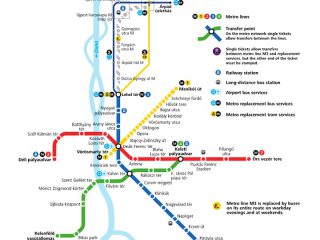
Replacing the irreplaceable – metro replacement in Budapest
The first phase of the refurbishment of Budapest’s metro line M3, Hungary’s busiest fixed-rail route has been in process over half a year, by suspended underground operations on the section between Lehel Square and Újpest Center. To ensure passenger flow, BKK Centre for Budapest Transport has created a multiple pillar-based surface replacement network for the
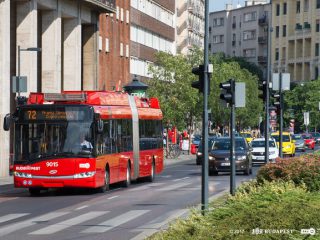
Trolleybus line 72 weekend route extension to Orczy tér
From Saturday, 19 August 2017, trolleybus 72 will serve an extended weekend route between Zugló railway station and Orczy tér. BKK’s network development pilot proved to be a success at July weekends when a new, environmentally friendly north-south public transport connection was created providing additional direct access options to several major hubs in the city
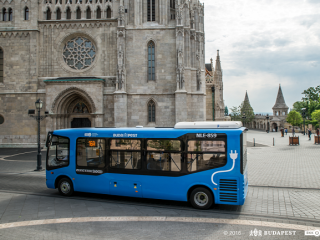
A total of 20 brand new buses improve the ratio of accessible services in Budapest
The mobility manager of the Hungarian capital, BKK Centre for Budapest Transport, was commissioned by the Municipality of Budapest to improve the service quality level of public transport. BKK and its service providers have recently put into service 20 brand new, barrier-free buses on several routes. A total of 15 Mercedes Conecto G articulated, low-floor,
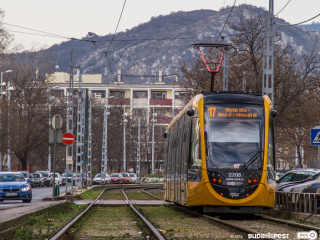
Passenger service is launched on the new interconnected tram network on the Buda side of the Hungarian capital, bringing a major transport development project to a close
By the opening of the interconnected tram network providing direct connections between the northern and southern areas on the Buda side of the river Danube in Budapest, the Buda tram network was unified on 16 January 2016 following decades of fragmentation. The new service parameters have been developed by BKK Centre for Budapest Transport, the
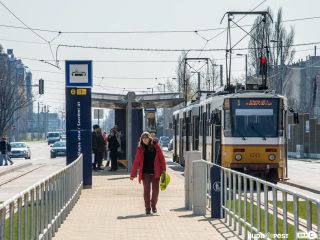
Extension tramline 1 opened: sustainable tracks, refurbished stations, new trams
The new, extended section of tramline 1 was handed over to the citizens of Budapest on 20 March 2015. The 3.2-kilometre-long newly-built southern section crosses over from Pest to Buda via Rákóczi híd (bridge) over the river Danube and runs to a temporary terminus. The extension of the line to South Buda across the river
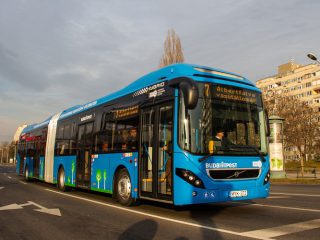
New hybrid buses for the Hungarian capital in service
The last vehicles of the total of 28 hybrid buses were delivered to Budapest on 1 March 2015, thus the Hungarian capital can now boast one of the largest hybrid fleets in Europe. The brand-new articulated buses feature EURO VI- diesel engines along with electric propulsion which will be used when accelerating to 10-15 km/h
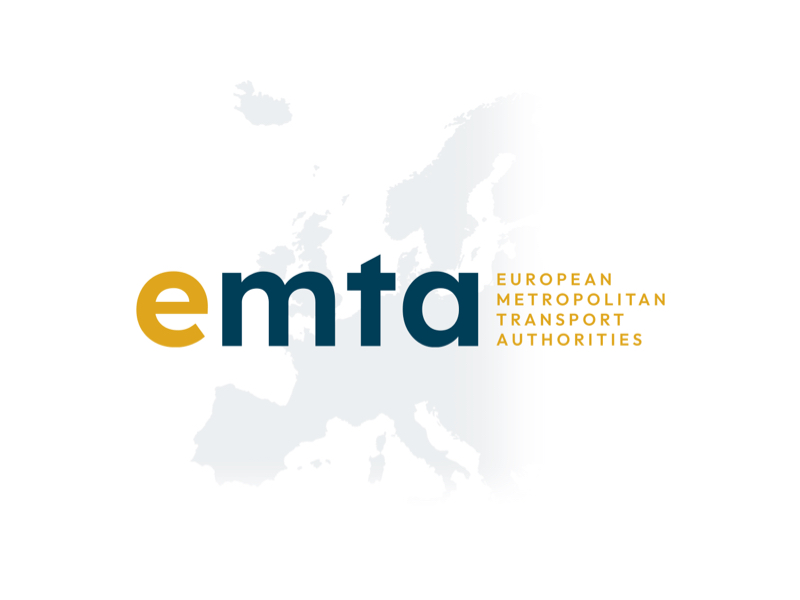
New metro line M4 opened in Budapest
The idea of building a new underground public transport line to connect south-western and north-eastern areas of Budapest had already been raised in the 1970s. The first feasibility study of this metro line was created in 1996. Construction started in 2004 with the implementation of a new entrance of a connecting station on metro line